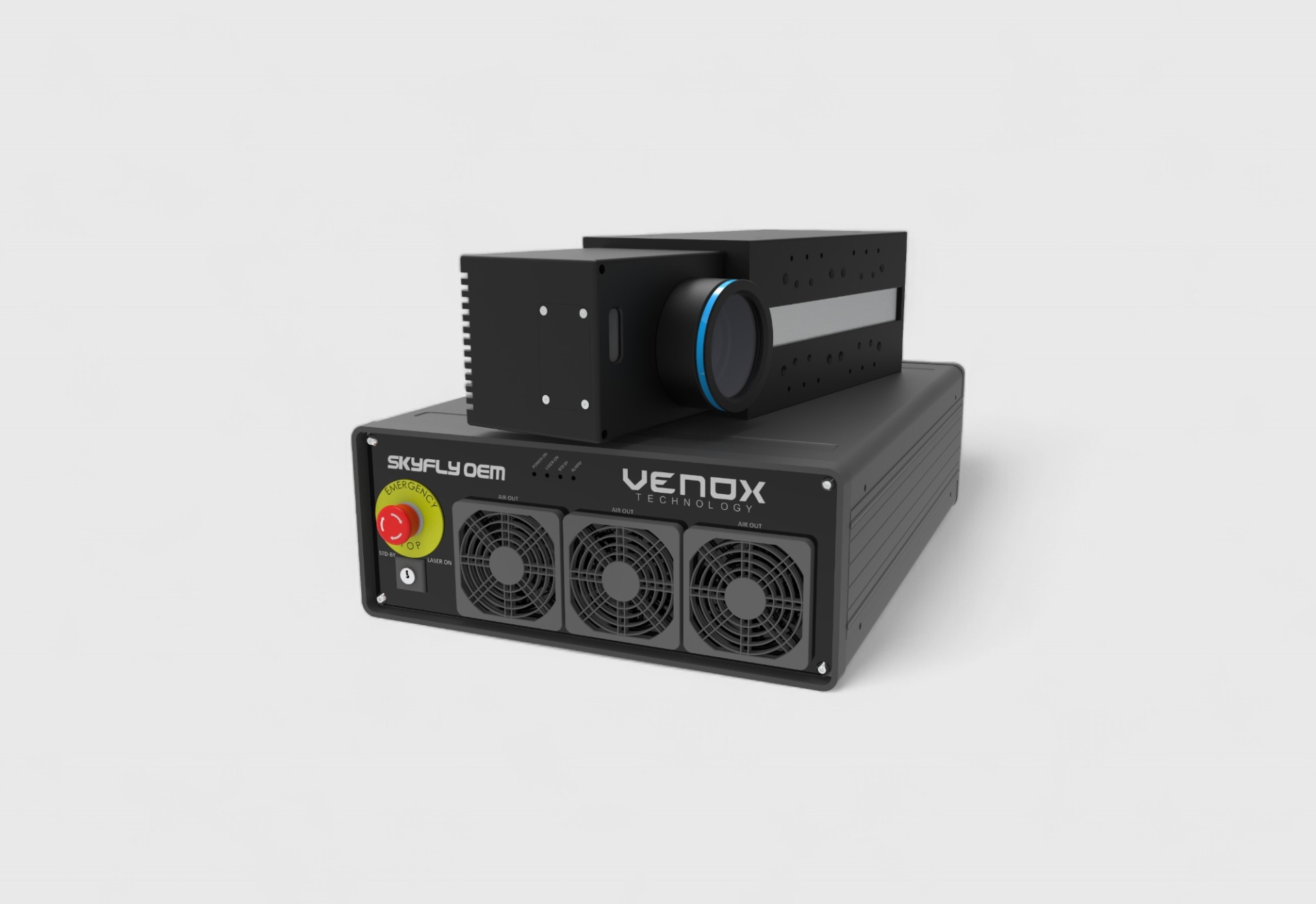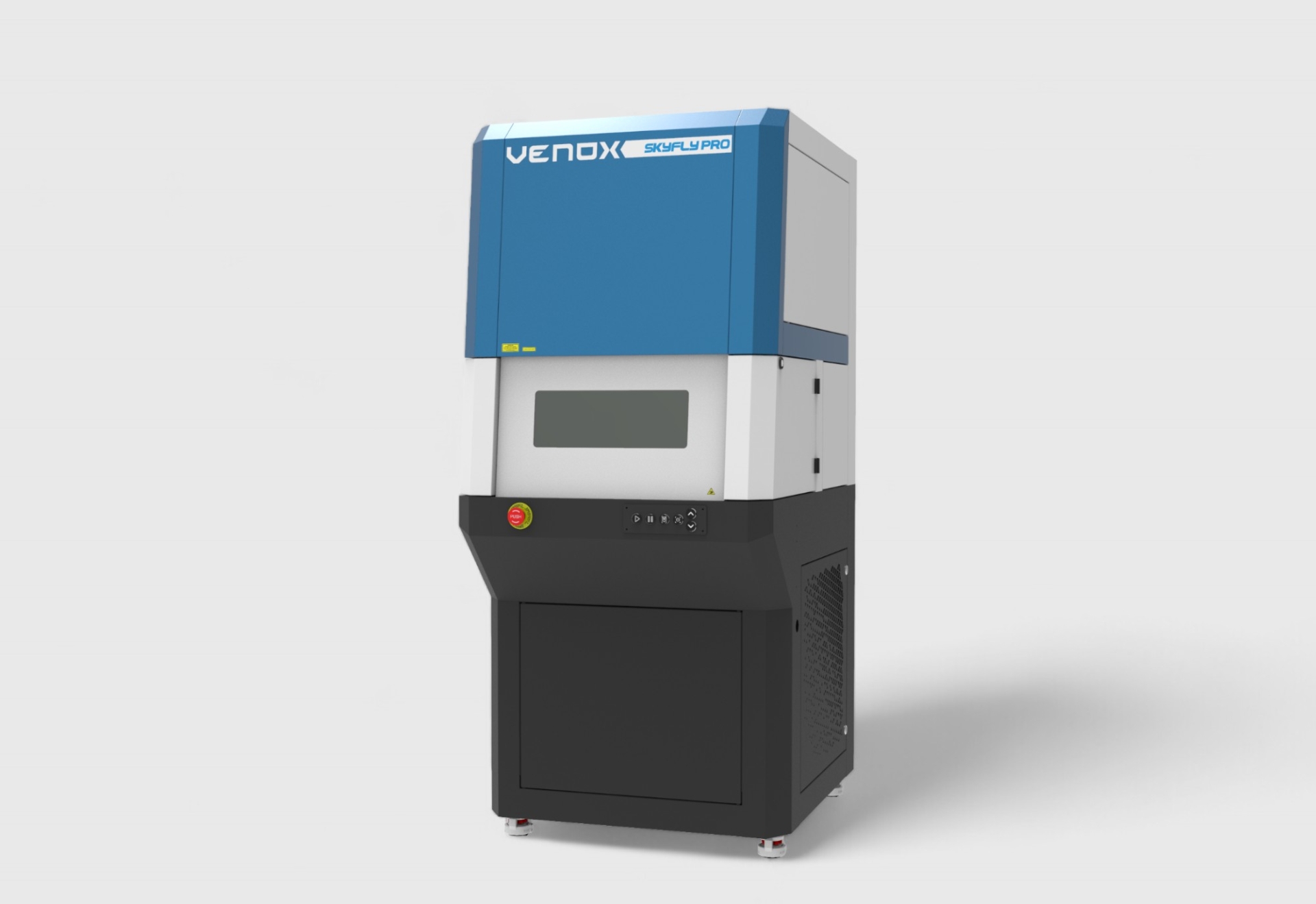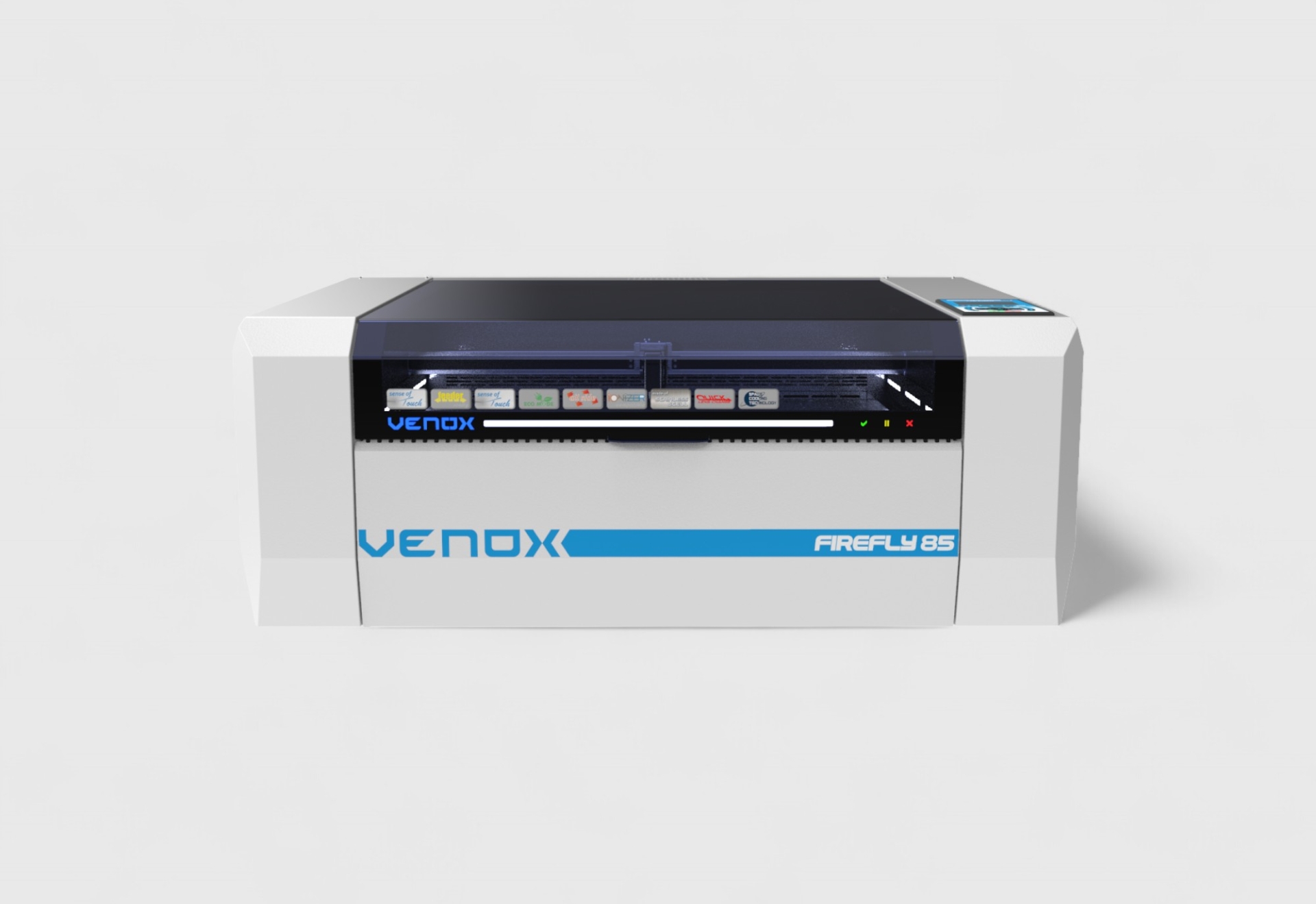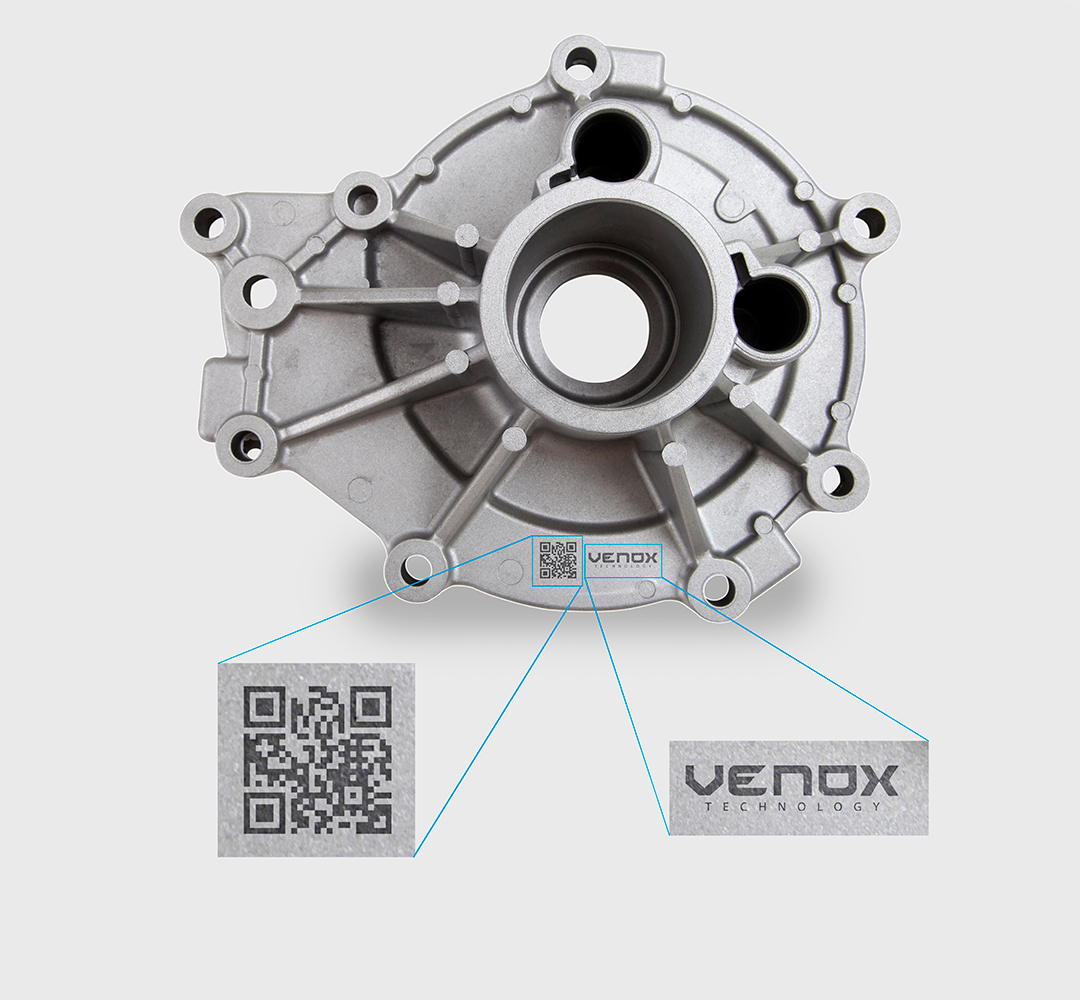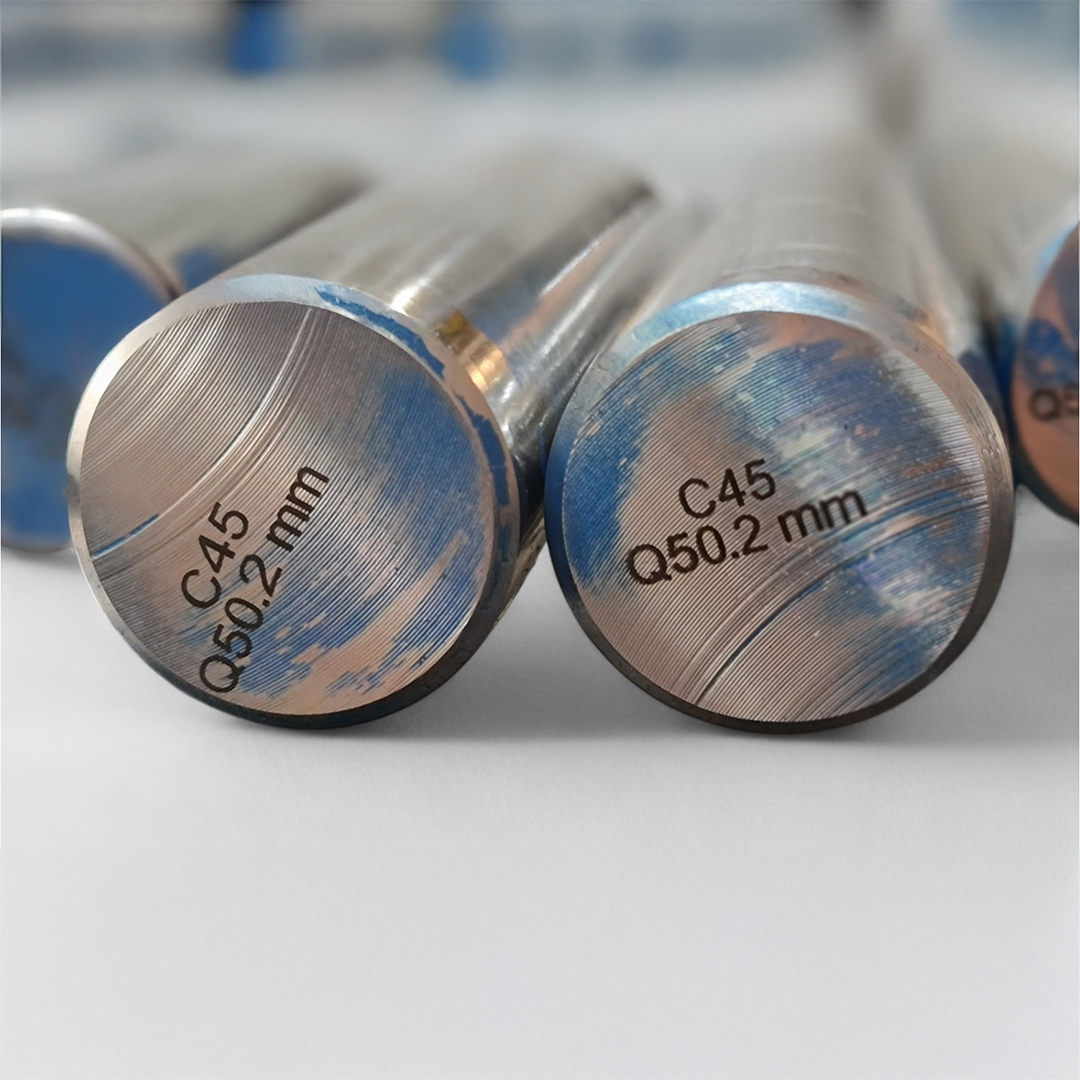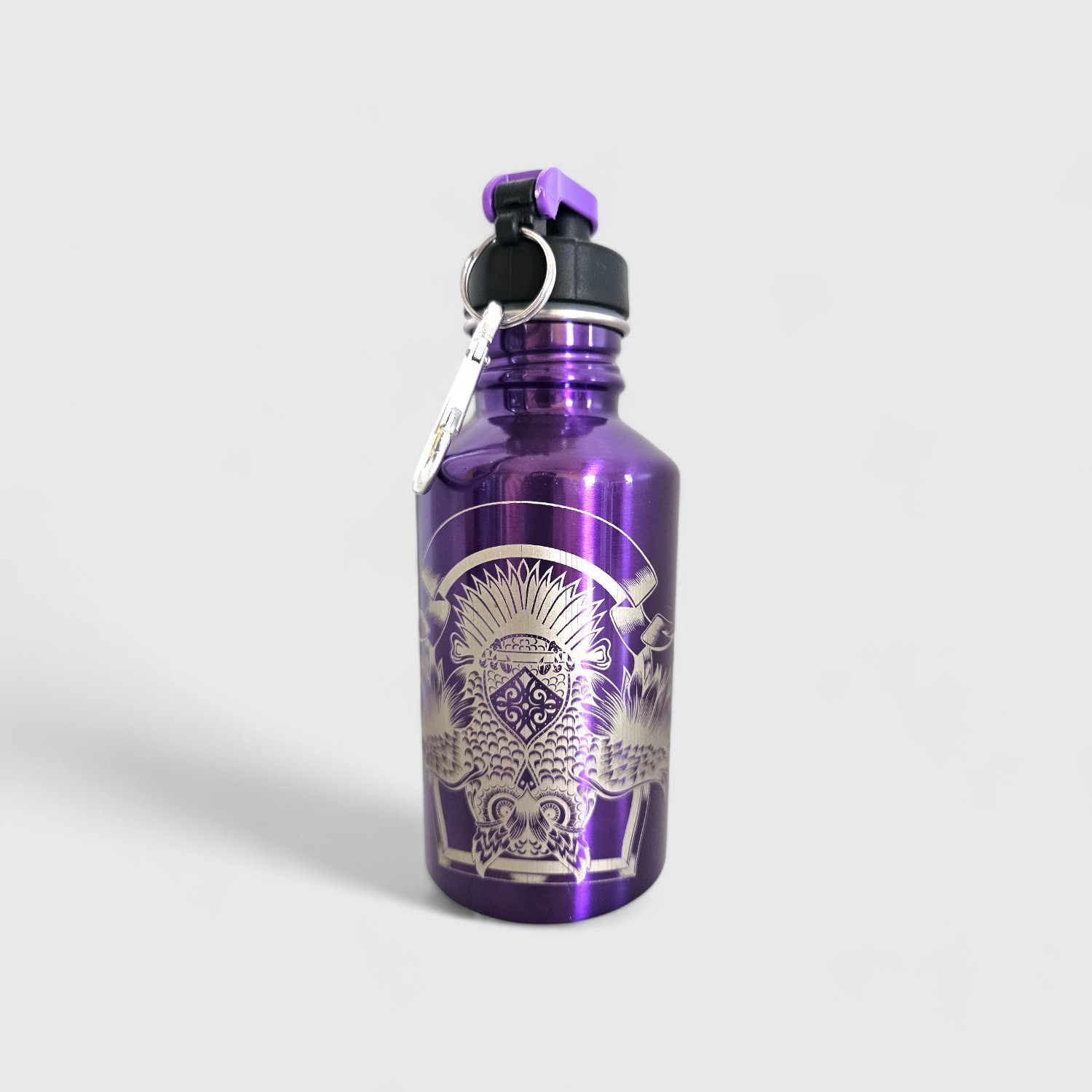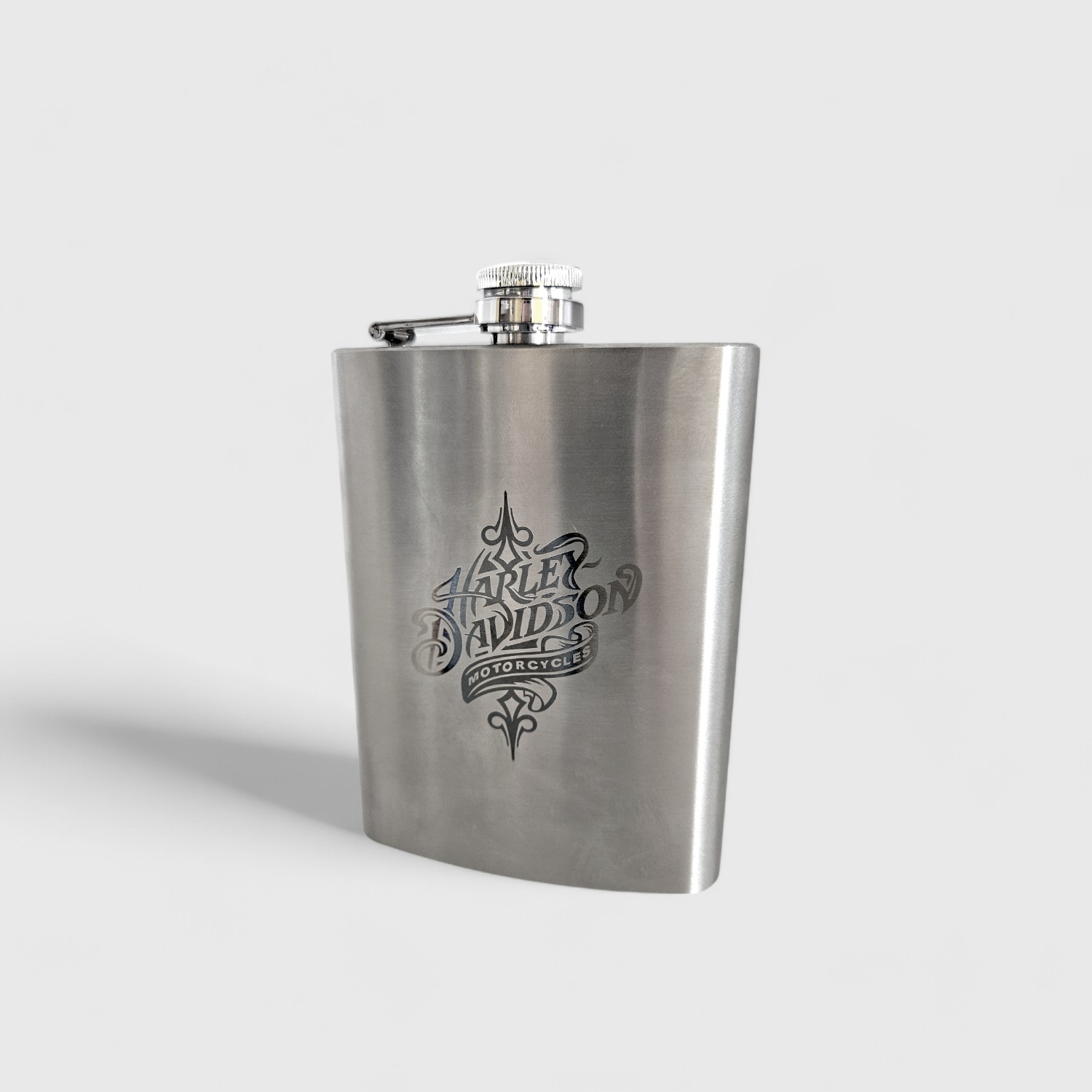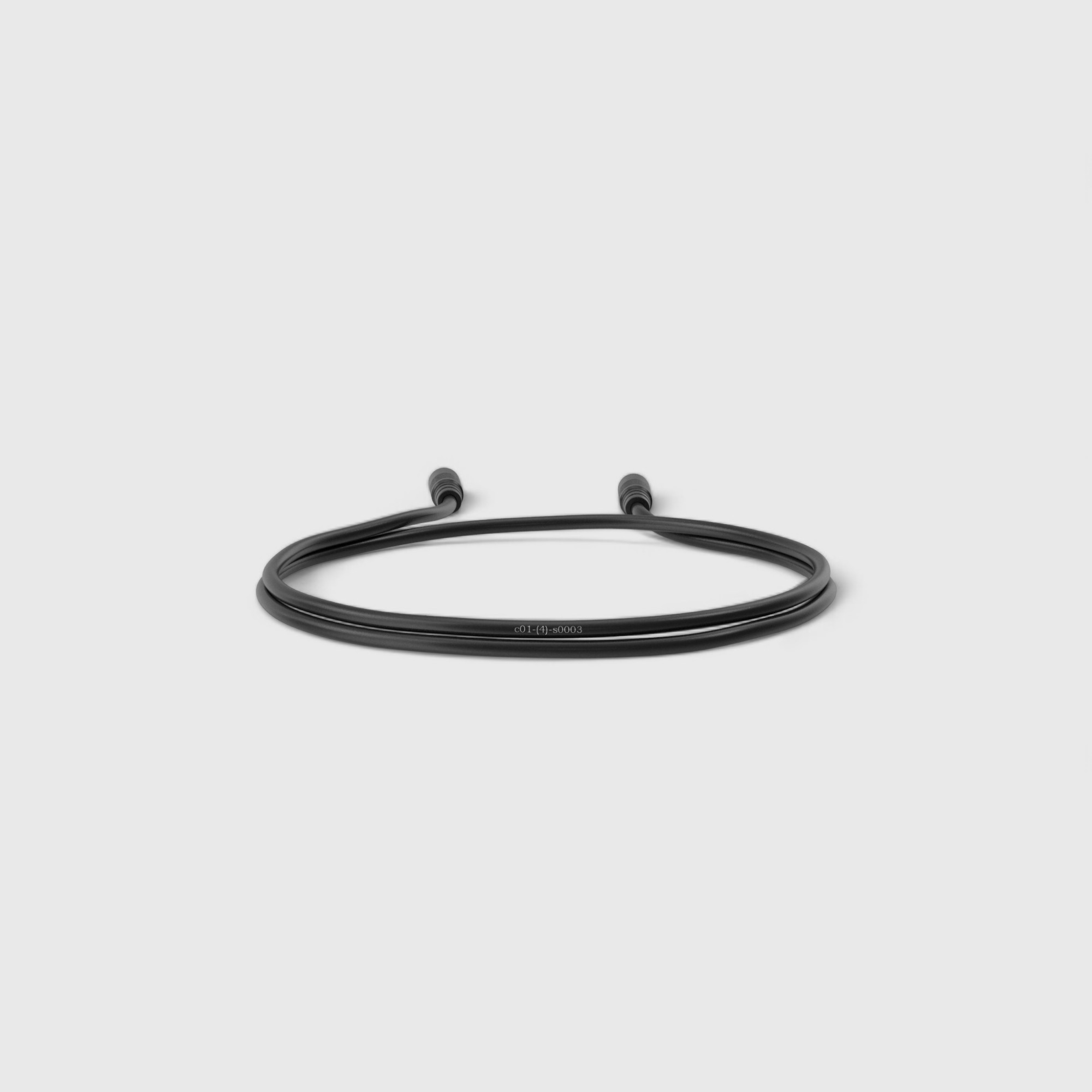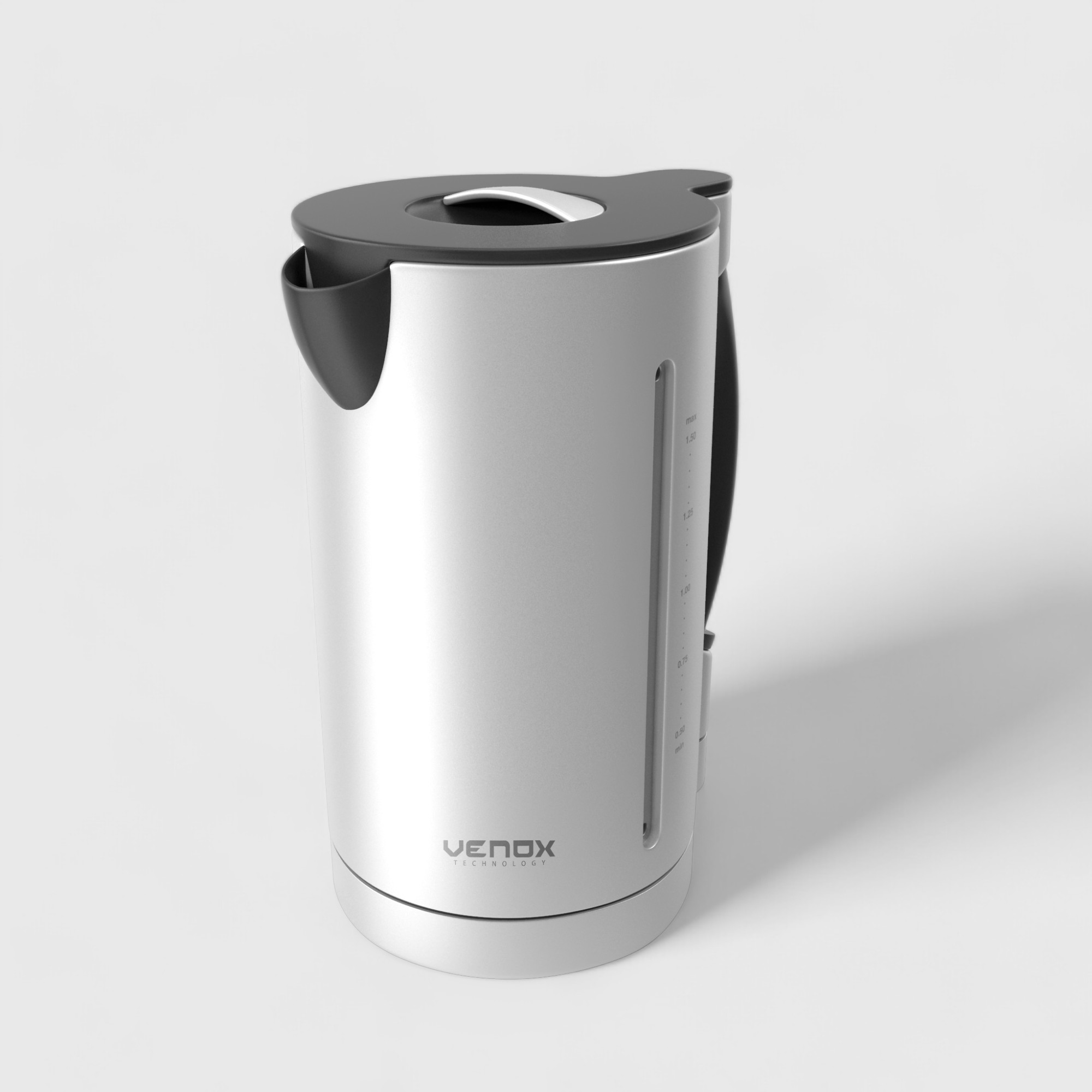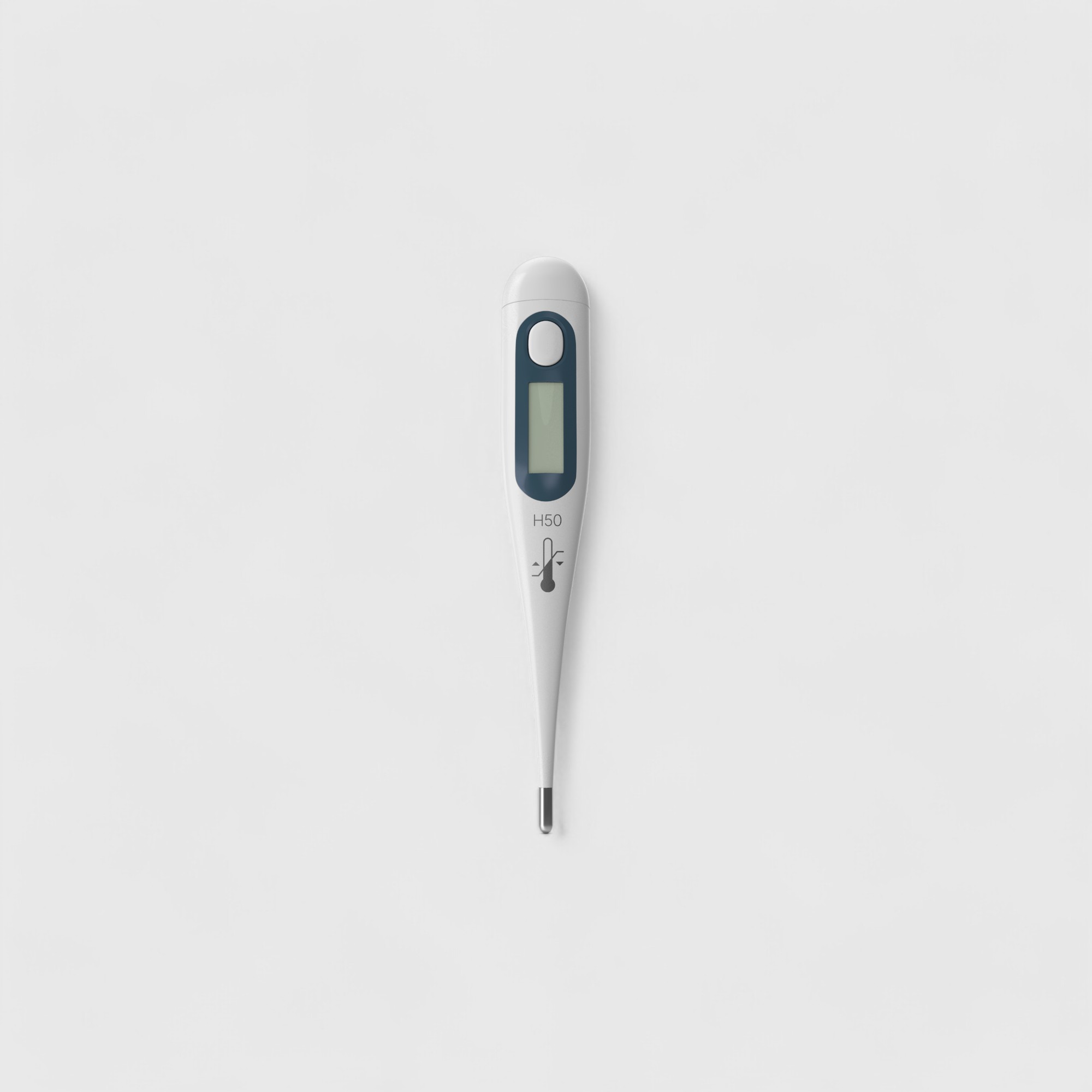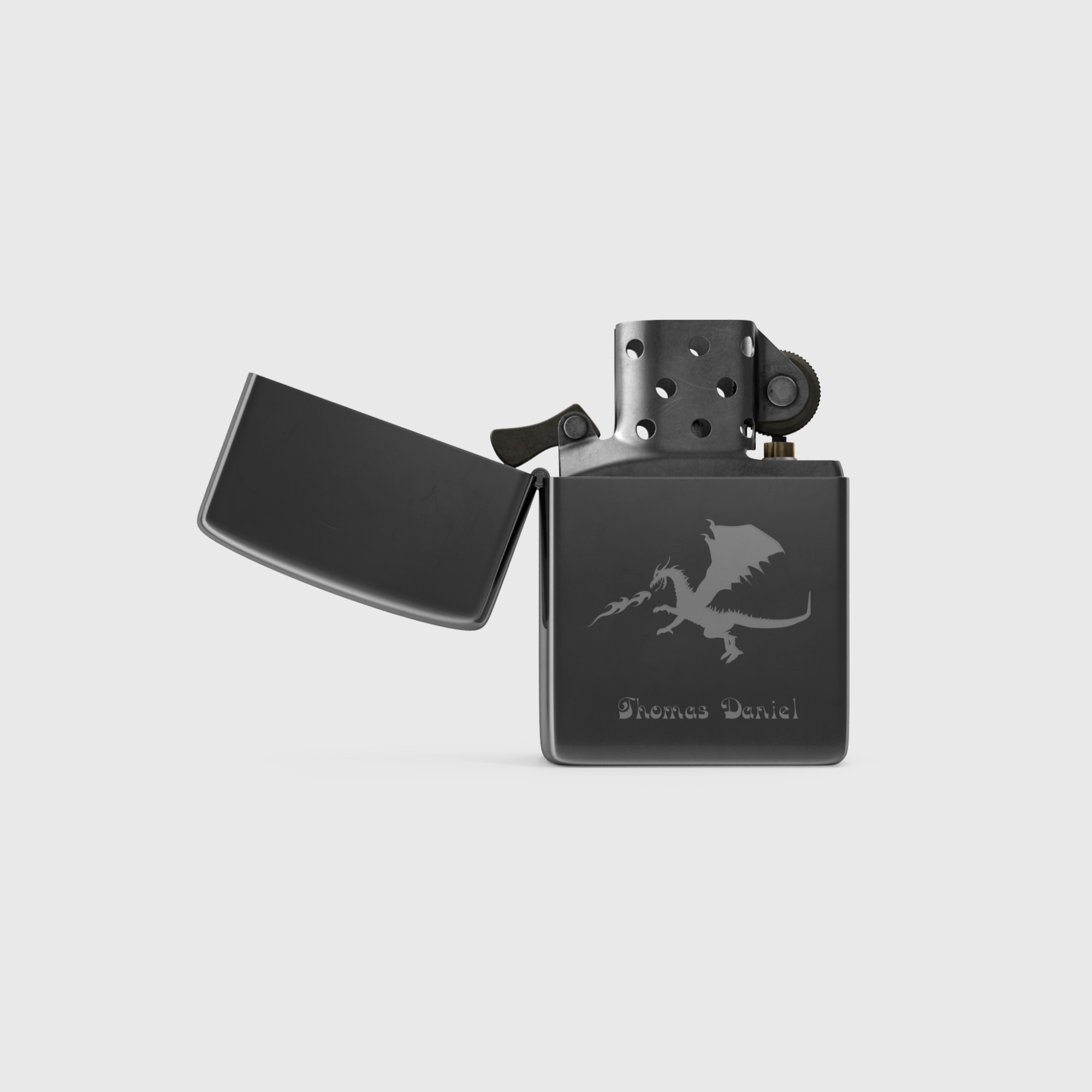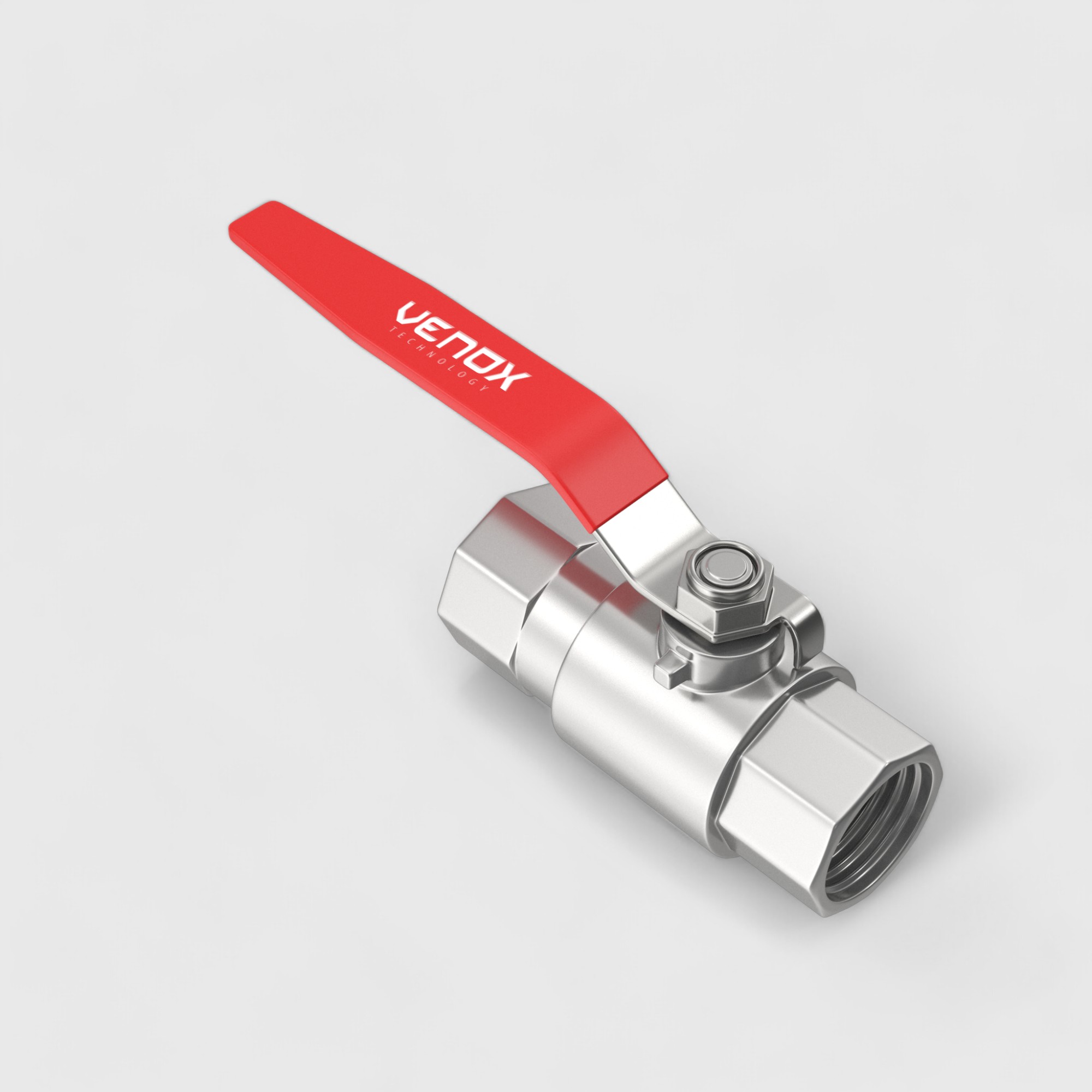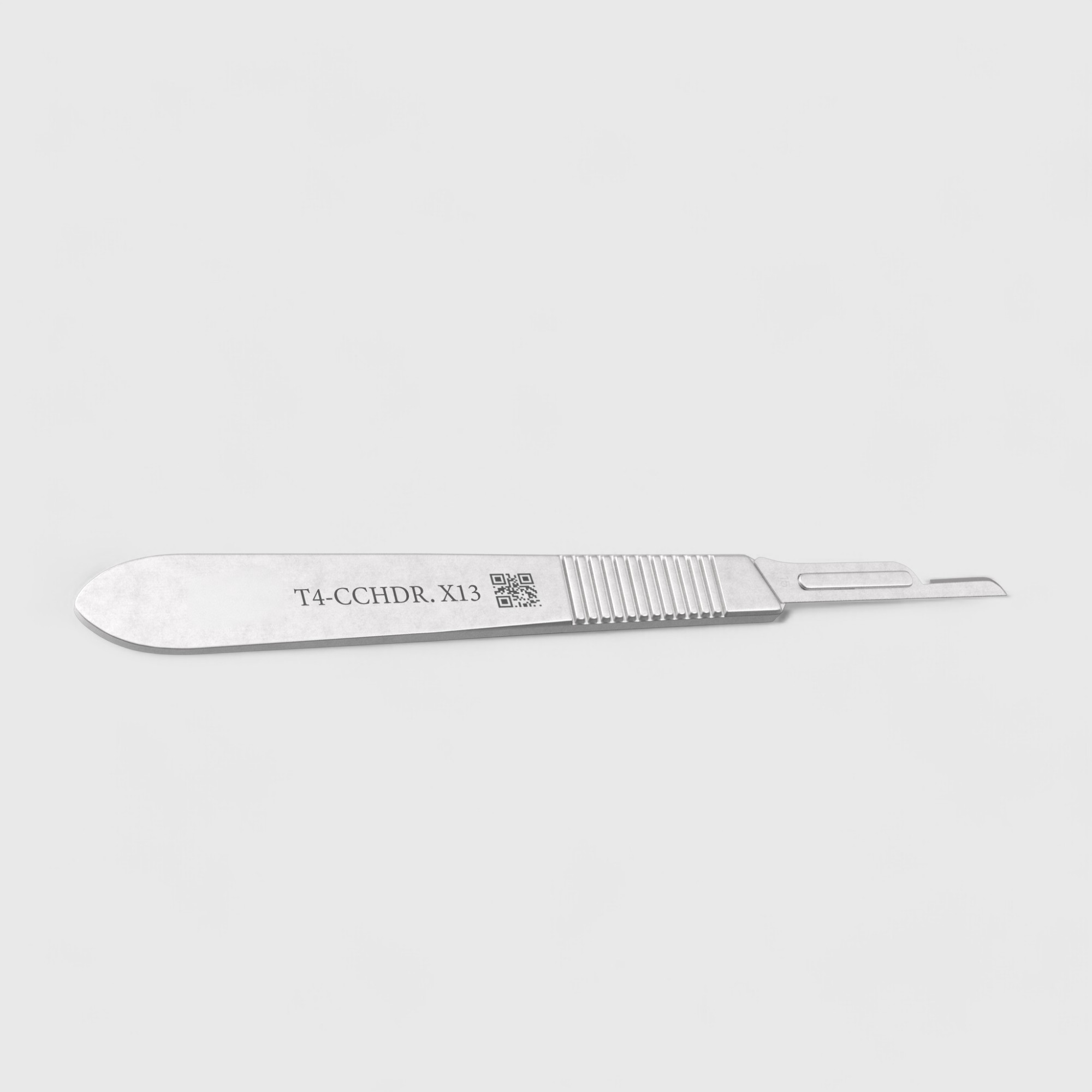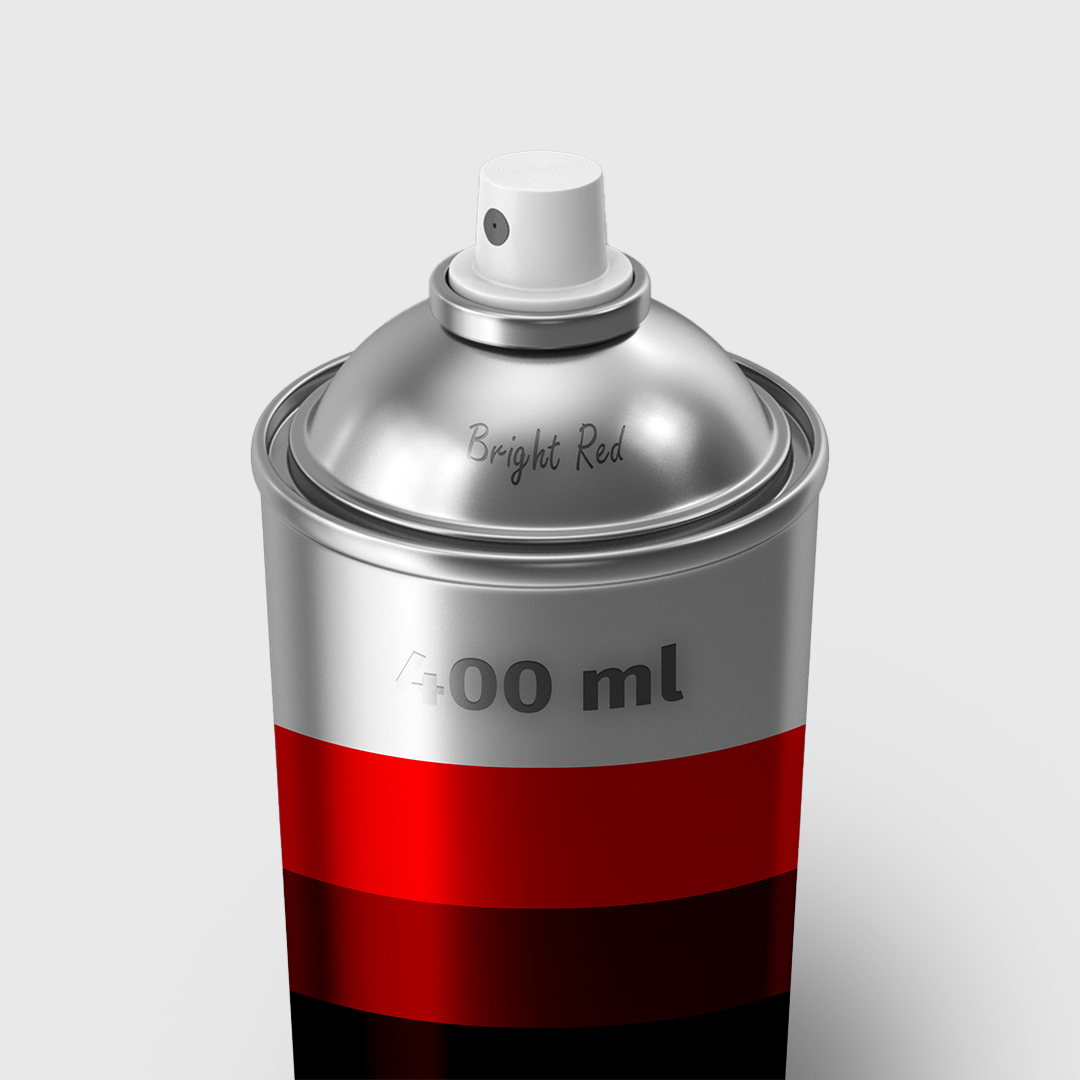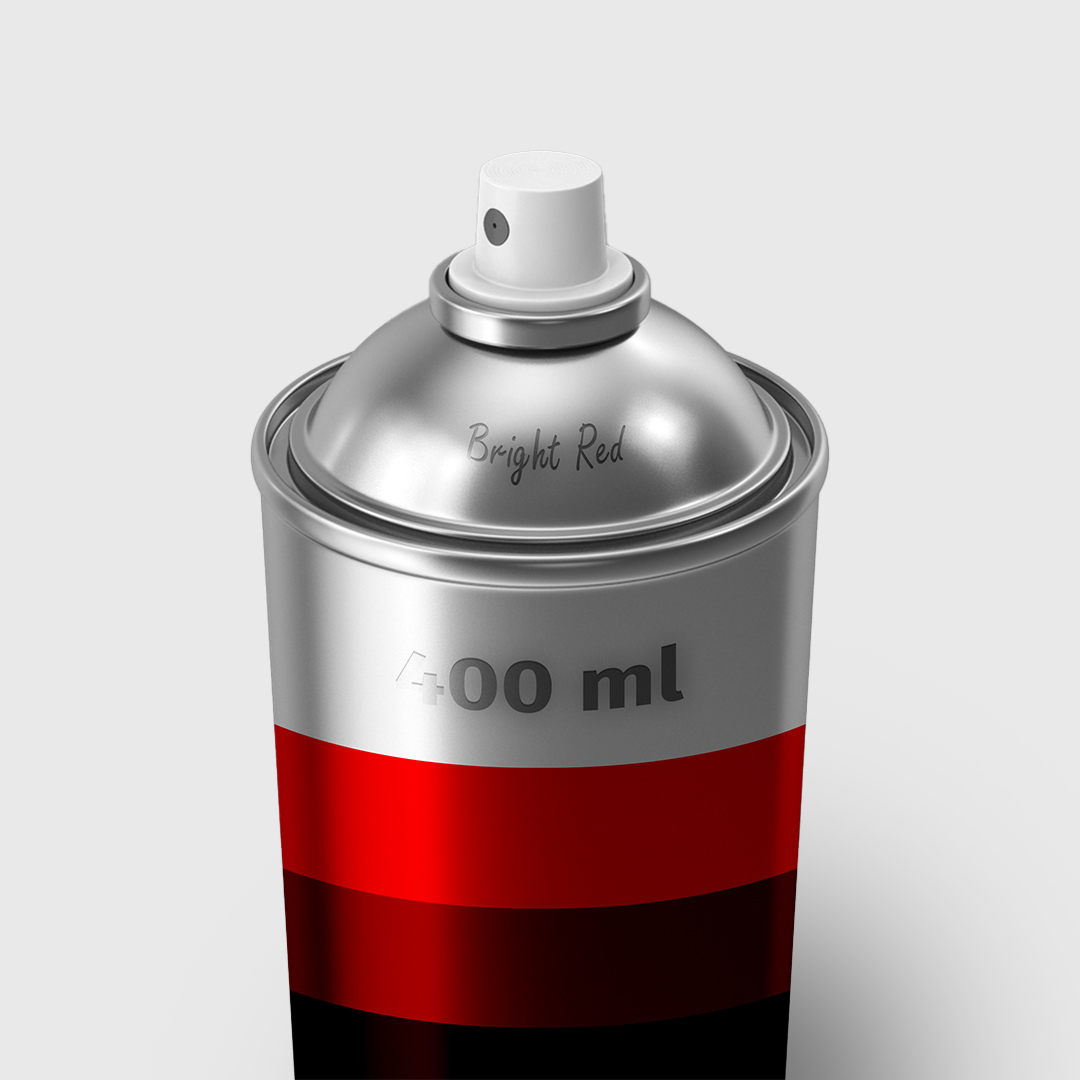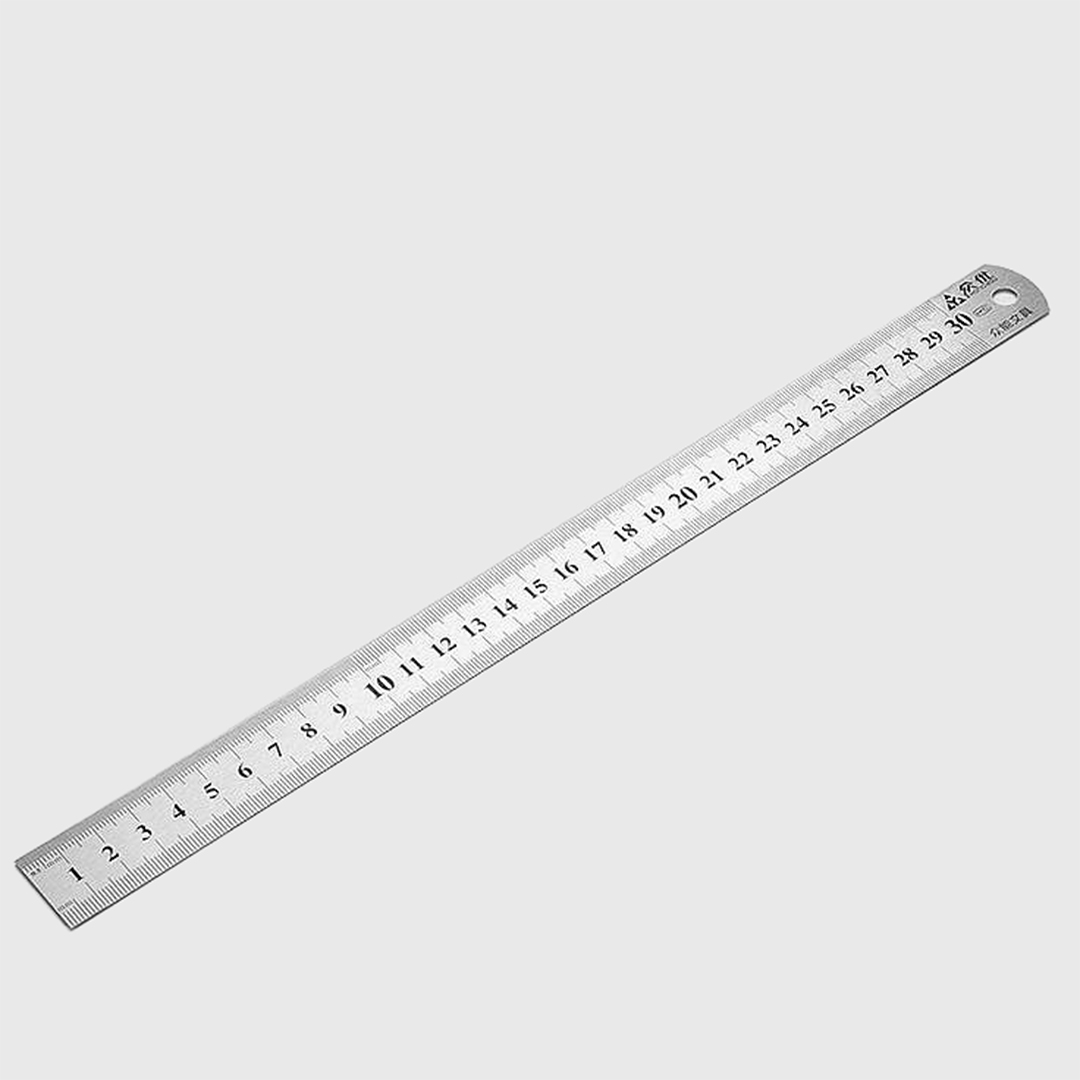Venox Technology's fiber laser marking systems are transforming material handling processes with durability and efficiency. These systems are capable of precise and permanent marking, especially on materials such as metals and plastics. High-speed marking, continuous operation capability and minimal maintenance requirements make these systems ideal for a variety of industries such as the automotive, electronics and medical sectors. They are equipped with advanced software integrations and user-friendly interfaces, making it possible to easily integrate them into any production line. Venox's fiber laser systems also optimise energy efficiency to adapt to sustainable production practices.
Venox Technology's fiber laser marking systems improve processing quality by offering tailor-made solutions for various industries. These systems, which can mark on materials such as metal and plastic with high quality and precision, are especially preferred in industries such as automotive, electronics, medical and jewellery manufacturing. Contributing to sustainable production practices by providing energy efficiency, these systems are also ideal for labelling and coding processes in the food and packaging industries. With their user-friendly interfaces and advanced software integrations, they easily adapt to any production line.
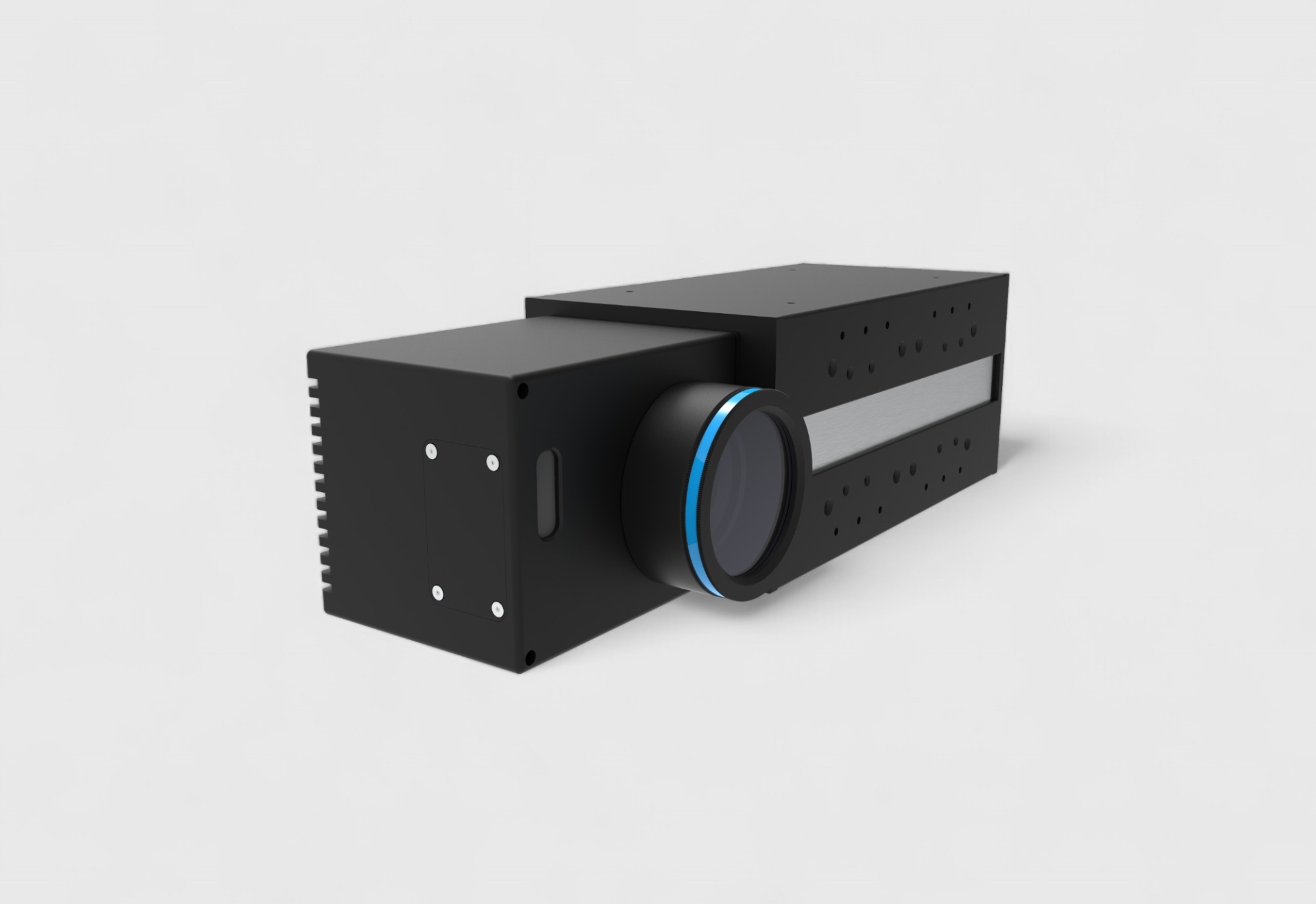
What is a fiber laser and how does it work? Fiber lasers are laser types in which light is concentrated in a specially prepared fiber optic cable and focused with high precision onto the material surface. This technology offers high energy and accuracy during processing.
Which materials can be marked with a fiber laser? Fiber laser systems can mark on a wide range of materials, including metals, plastics, ceramics and composite materials.
How are fiber laser systems maintained? Fiber lasers are systems that require minimal maintenance. Regular lens cleaning and system updates are sufficient for optimal performance.
Is fiber laser marking permanent? Yes, fiber laser markings are permanent. Thanks to the high energy, the material surface is deeply etched, which creates indelible markings.
How much do fiber laser systems cost? The cost varies according to system specifications, processing capacity and added modules. Although the investment cost is initially high, low operating and maintenance costs save money in the long term.
What are the safety precautions for fiber lasers? Fiber laser systems require appropriate safety precautions during use due to the high energy involved. This is ensured by laser goggles, protective cabinets and user training.
Wavelength and Material Compatibility: Fiber lasers have a medium wavelength that is particularly suitable for metal processing, while UV lasers have a shorter wavelength and are ideal for sensitive materials such as plastics and glass. CO2 lasers have a longer wavelength and are effective on organic materials such as wood and leather.
Heat Generation and Effect: Fiber lasers work with high efficiency on metal materials and optimise the heat effect. While UV lasers perform precision machining with very low heat, the high heat generated by CO2 lasers is suitable for the processing of organic materials.
Application Areas: Fiber lasers are often used in industrial metalworking and engraving, UV lasers in electronics and medical components, and CO2 lasers in packaging and advertising.
